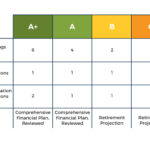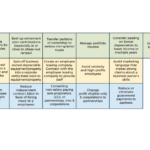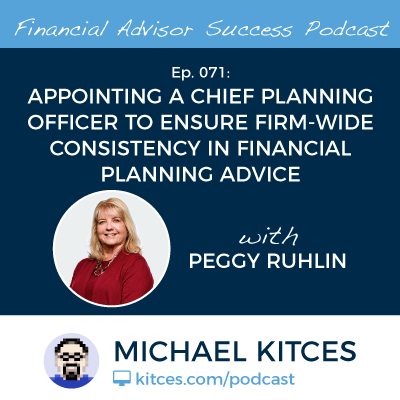As financial advisors - like any business owner - we want our clients to have a "great experience" when they do business with us, providing a high level of service and proactive communication. Yet the challenge is that what constitutes the "right" level of communication and engagement with clients will itself vary by the client, making it difficult to standardize "good service" across the entire firm. And ultimately, it's hard to differentiate on good service anyway, as virtually all advisory firms like to pride themselves on providing "good service" to their clients. Which means if we truly want to provide an extraordinary service to our clients, we must go beyond just great service and think much deeper about what an extraordinary "client experience" truly is.
In this guest post, Julie Littlechild of Absolute Engagement (a firm that helps advisors craft a client experience that makes them attractive to the right clients) shares her 11 action steps that advisory firms can take to design their own extraordinary client experience, recognizing that the key to a create experience starts with clearly understanding who the firm is trying to serve (and not trying to serve) in the first place, and then crafting a plan to execute the plan profitably. Though ideally, it's not just about segmenting clients, creating a service matrix for the firm to follow, and assessing capacity and profitability, but also better defining what your target clientele or niche is in the first place, and then working with them to co-create the client experience and map out the client journey, along with the supporting client communications plan and necessary business infrastructure.
Ultimately, though, the key point is simply to acknowledge that what we tend to think of as delivering great service in an advisory business is simply too narrow when it comes to really defining experiences, and great service alone isn't the differentiator it once was. A broader and more holistic client experience really can differentiate a firm, but only if the firm clearly understands who it wants to serve, so it can create an extraordinary client experience for that particular target clientele. Because in the end, it's not about finding the one particular tactic that is going make the difference, but instead, the building of a strong foundation that supports a specific target clientele and is consistent with the client's journey that truly makes a client's experience extraordinary!








 Welcome, everyone! Welcome to the 71st episode of the Financial Advisor Success Podcast!
Welcome, everyone! Welcome to the 71st episode of the Financial Advisor Success Podcast!

